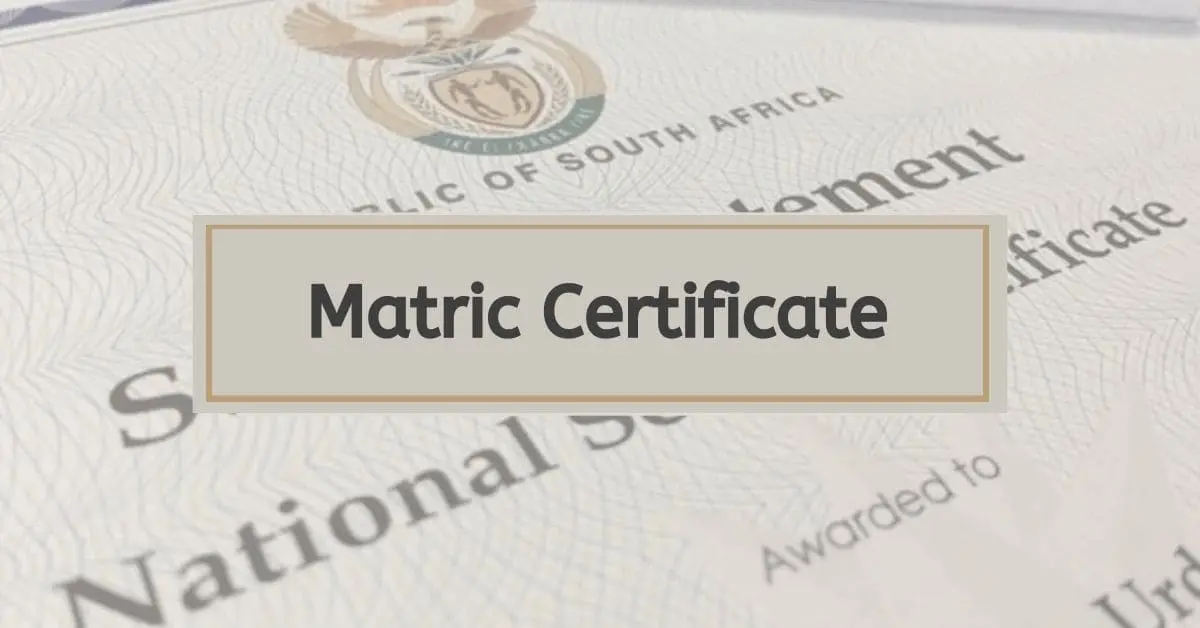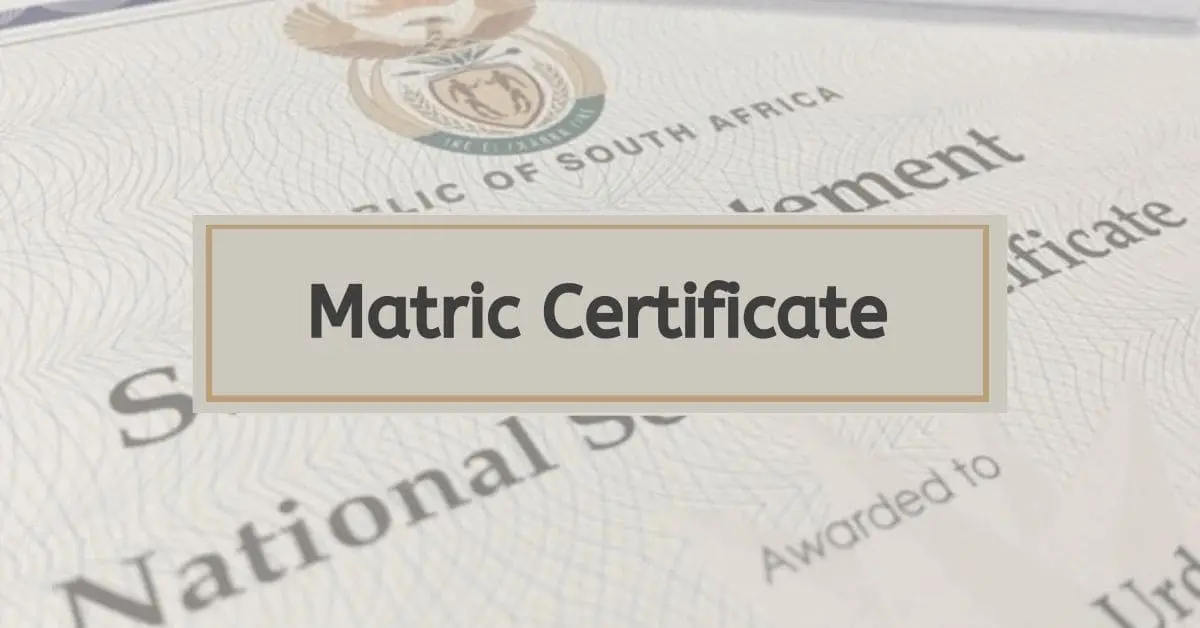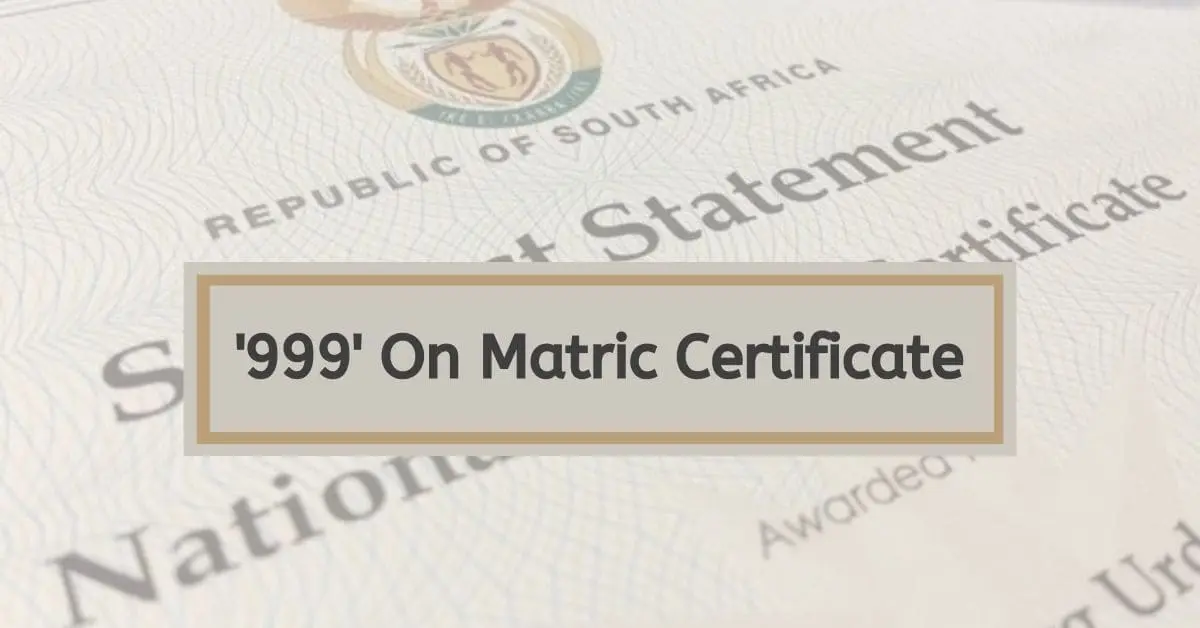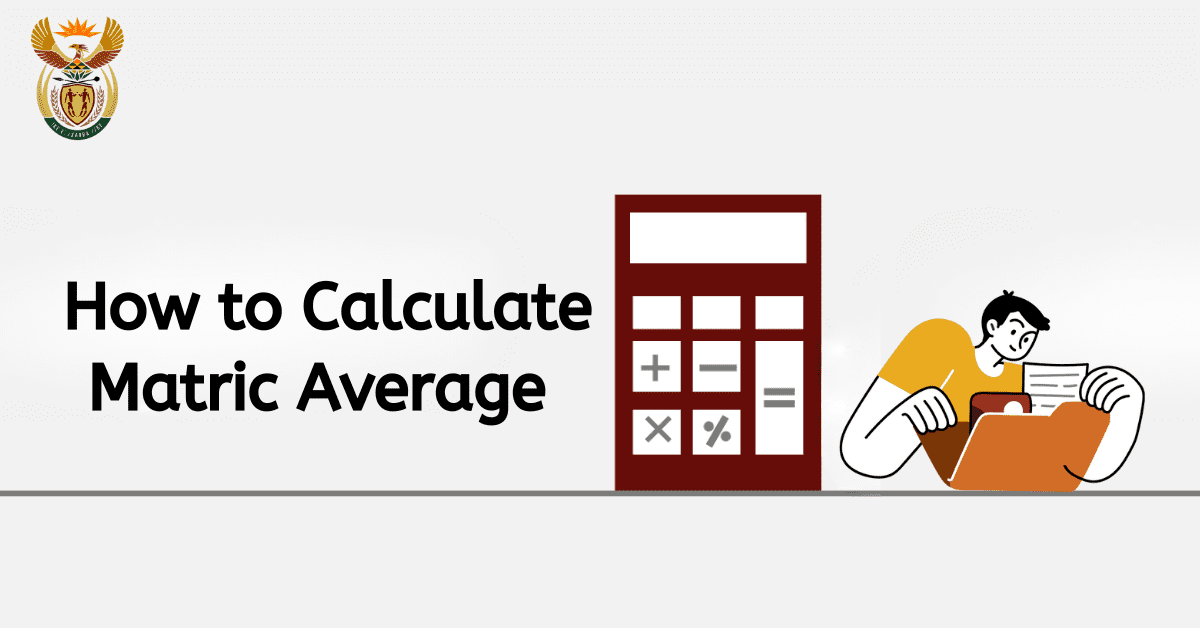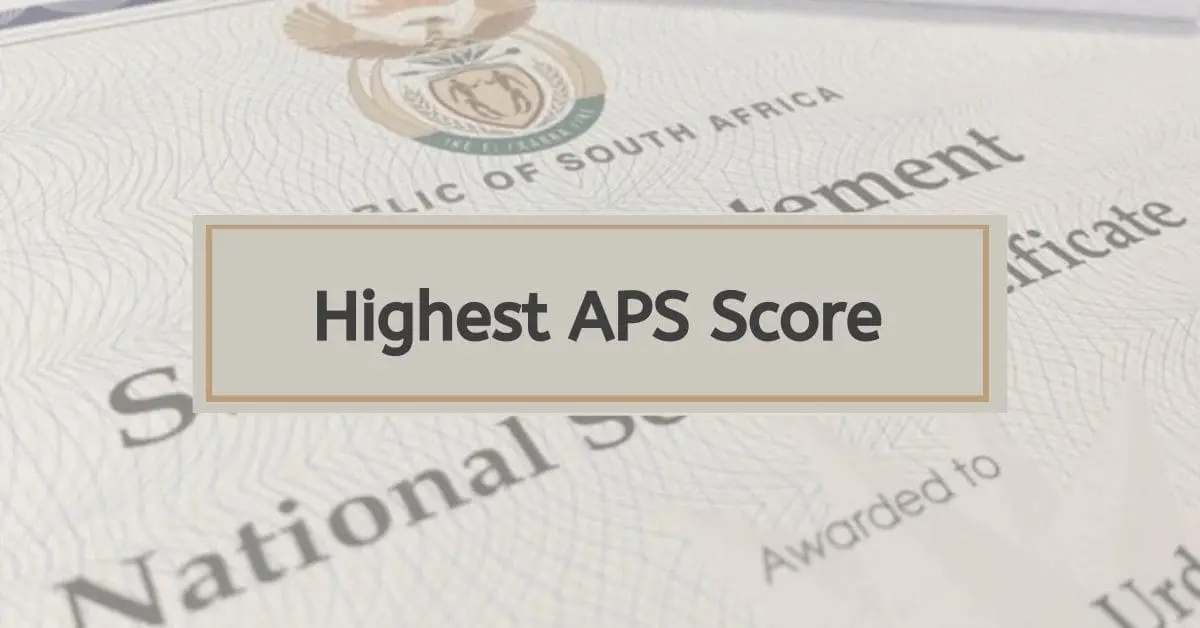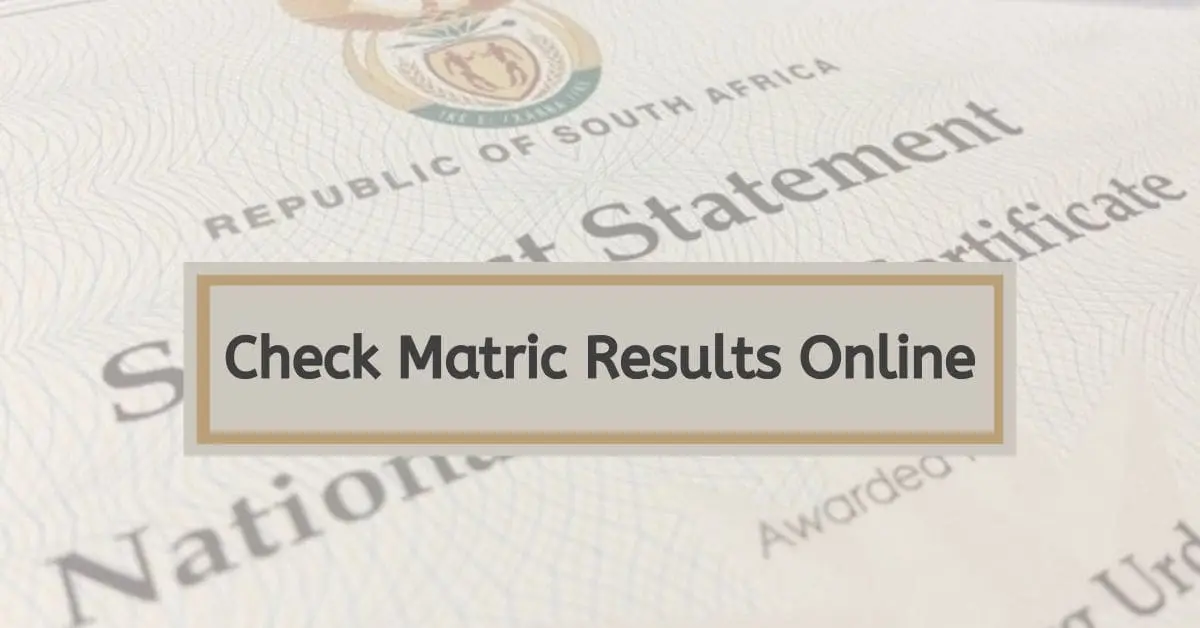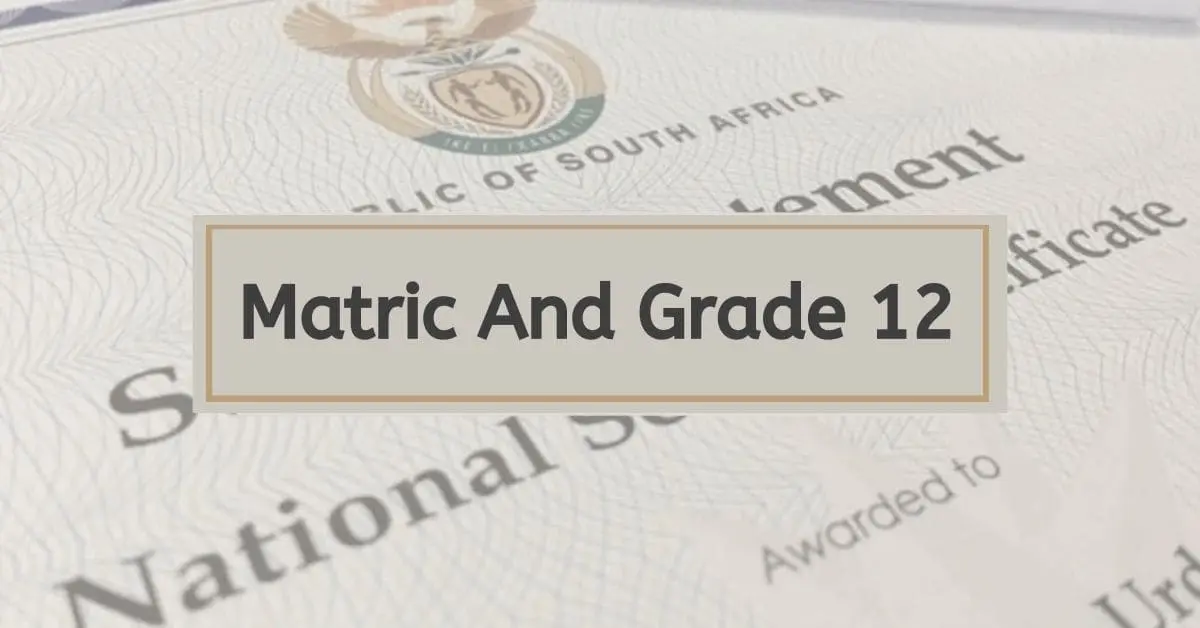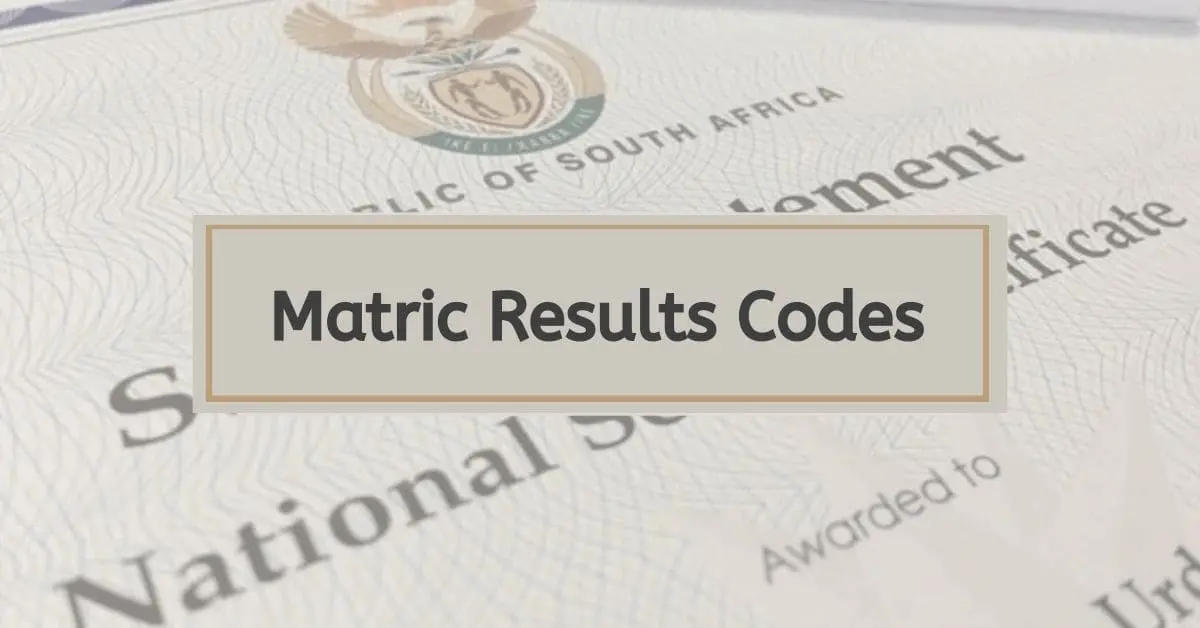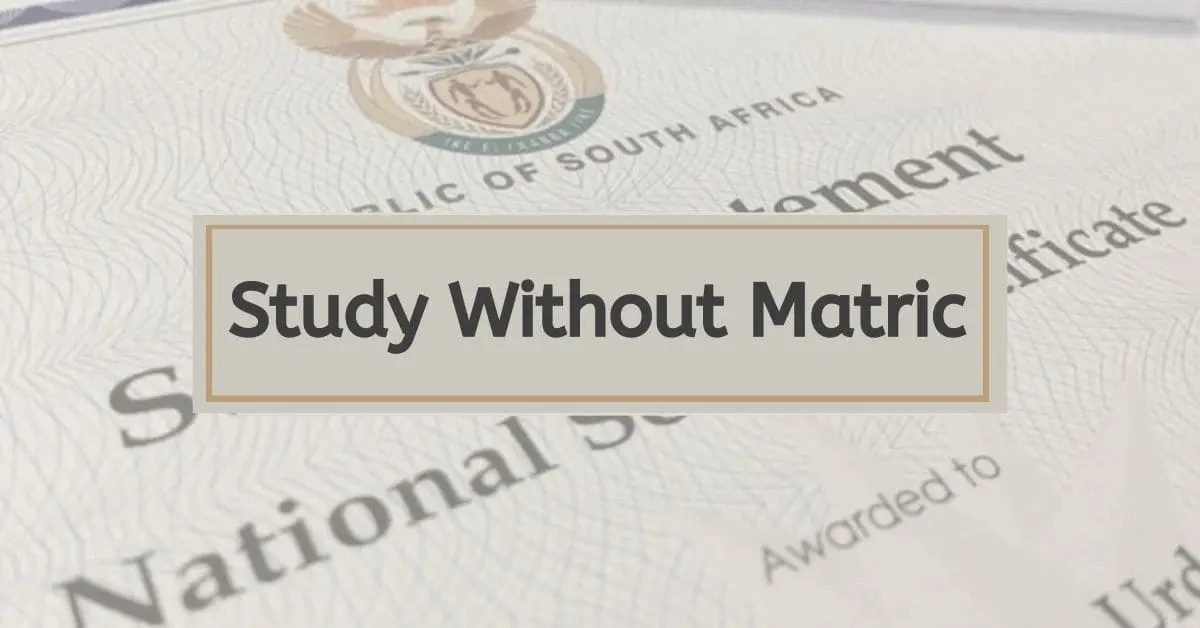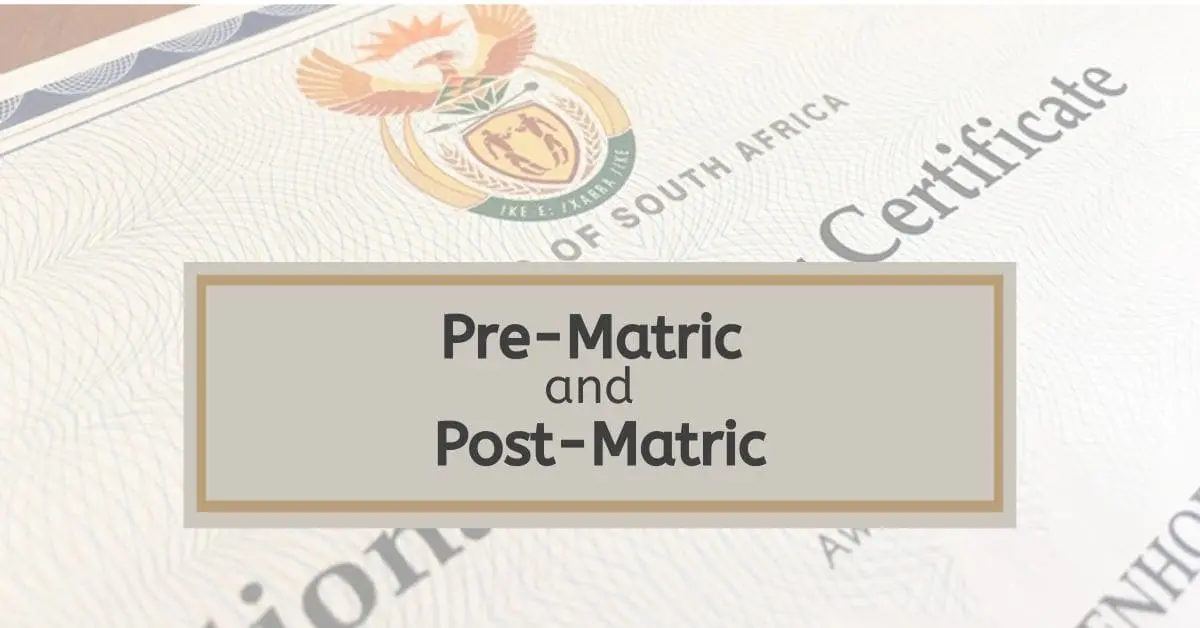While many matric students are most focused on whether they pass or fail, it is important to remember that how you pass can be equally as influential on your academic future. When you receive your matric results, you will see your pass rate expressed as a percentage, as well as a wealth of symbols and your APS score. These affect the type of matric pass you receive, as well as what you can do for tertiary education opportunities. Today we are here to break these down and help you understand them fully.
Matric Symbols and Levels
You get three types of matric symbols. These are letter grades (A-G), percentages achieved in each subject (0-100%), and then an APS score calculated based on your performance in each subject. The letter grade matric symbol and mark percentage will likely be familiar to anyone leaving school, as it closely correlates with how schools grade your achievements. The APS score is a little different, and we will look at it in more detail below. Here’s how the letter grades and percentages match up on a matric pass.
- A = 80 – 100%
- B = 70 – 79%
- C = 60 – 69%
- D = 50 – 59%
- E = 40 – 49%
- F = 30 – 39%
- G = 0 – 29%
Remember that G is not a passing grade in any subject. Also bear in mind that you have to pass your home language at 40% or higher for all types of matric passes, and that each type of matric pass then has specific levels and numbers of subjects you must also pass.
- For the basic NSC pass, you need home language and 2 others at 40% and 2 more at 30%. You can fail a subject, but not with less than 20%.
- For the higher certificate pass, you still need home language and 2 others at 40%. Home language must be English or Afrikaans, and you need 3 other subjects at 30%.
- For the diploma pass, you need home language and 4 high-credit subjects at 40% and 30% in your other 2 subjects.
- For the university/Bachelor’s Degree pass, this becomes 40% in home language, 50% for 4 high-credit subjects, and 30% for the other 2. Those taking the Senior Certificate (Amended) only require 1 30% subject, as they have one less subject (Life Orientation).
What Are High-Credit Subjects?
Older people reading this article may remember when the matric subjects were offered as ‘higher grade’ or ‘standard grade’. The concept of high-credit subjects is a more sophisticated evolution of this older system.
High-credit subjects are aimed at academically talented students and represent subjects passed at a degree of study that universities want to see. This means that you need to ensure you pick sufficient high-credit subjects if you are hoping to gain university entrance
- Accounting
- Agricultural Sciences
- Business and Consumer Studies
- Dramatic Arts, Music, and Visual Arts
- Economics
- Engineering Graphics & Design
- Geography and History
- Information Technology
- Life Sciences and Physical Sciences
- Mathematics or Math Literacy
- Religious Studies
It also pays to remember that, while both mathematics and math literacy count as high-credit subjects, many universities will favor students able to pass the more complicated mathematical subject, especially in STEM programs. Consider your choice between the two with care, especially if you will be applying for science and engineering subjects.
How Do I Calculate My APS?
Your APS score is also important in determining what type of matric pass you receive. APS stands for ‘admission point score’, and you need a certain APS for each level of matric issued.
On your matric results, you receive a percentage score for each subject (between 0% and 100%). Each of these receives a specific APS score as follows:
- 80 – 100% = 7
- 70 – 79% = 6
- 60 – 69% = 5
- 50 – 59% = 4
- 40 – 49% = 3
- 30 – 39% = 2
- 0 – 29% = 1
Seven is the best APS score per subject you can receive. To calculate your overall APS, simply add together the APS for each subject excluding Life Orientation. Most universities discount this subject entirely when calculating your APS score, using only the other 6 subjects. If you took more than the minimum 7 subjects for matric, they will use your 6 best subjects to calculate your APS score, so you still cannot achieve more than 42 points total. Congratulations on the extra effort, however!
What Is A Bachelor’s Degree Pass?
The Bachelor’s Degree pass, often called a university pass, is the highest type of matric pass you can achieve. It requires an APS score of at least 23 to achieve. However, it’s not just about the APS score, but also achieving specific benchmarks in certain subjects.
To receive a Bachelor’s Degree Pass for matric, you need to achieve:
- 40% in your home language
- 50% for four higher credit subjects
- 30% in two other subjects (NSC).
- This becomes one other subject for Senior Certificate (Amended) candidates, as Life Orientation is not part of your curriculum.
As you can see, not only must you pass subjects, but the bulk of these have to be high-credit subjects, too. This is because university academics are the most rigorous of potential tertiary education, and require the highest standards if you are to cope with the curriculum.
Hopefully, you now understand the different matric symbols you receive, how they translate to your APS score, and what doors each pass type will open for you academically. We hope your results are everything you hoped for.
